- A. Philip Randolph
- Abayomi Azikiwe
- Adam Sanchez
- Akashi Kaul
- Alabama
- Alana D. Murray
- Allison Acosta
- Allyson Criner Brown
- Amelia Boynton
- Amzie Moore
- Andrea Guiden Pittman
- Andrea McEvoy Spero
- Annie Devine
- Arkansas
- Art
- ASALH
- Audi Cornish
- Bayard Rustin
- Bernice Johnson Reagon
- Bill Bigelow
- Bill Fletcher Jr.
- Black Lives Matter
- Black Panther Party
- Black Power
- Bob Moses
- Book
- Books
- Brenda Randolph
- Brown v. Board of Education
- C.T. Vivian
- California Newsreel
- Carmen Gómez García
- Charles Cobb Jr.
- Charles E. Cobb Jr.
- Charles M. Sherrod
- Charles Payne
- Chris Hoeh
- Chris Seeger
- Civil Rights Act
- Claudette Colvin
- Claudio Saunt
- Clyde Kennard
- Colia Liddell Lafayette Clark
- colleen bell
- CORE
- Coretta Scott King
- Courtland Cox
- Craig Gordon
- Cristina Tosto
- CRMVet.org
- Daniel Perlstein
- Dave Zirin
- David Busch
- David Hill
- David Levine
- Dawn Keene
- DC
- Deborah Menkart
- Derrick Alridge
- Desegregation
- Dick Cluster
- Digital Collection
- Dorie Ladner
- Dr. Gordon Nembhard
- E.W. Steptoe
- Education
- Elementary
- Elizabeth A. Davis
- Ella Baker
- Eloise Greenfield
- Emilye Crosby
- Emmett Till
- Erika Landberg
- Eva Sperlng Cockcroft
- Eyes on the Prize
- Fannie Lou Hamer
- Fayette Colon
- FBI
- Federation of Southern Cooperatives and Land Assistance Fund
- Film
- Florida
- Freedom Schools
- Freedom Summer
- Gary Convention
- Georgia
- Grace Lee Boggs
- Hardy Thames
- Hasan Jeffries
- Herbert Kohl
- Herbert Lee
- Highlander
- Holly Barnet-Sanchez
- Holly Jansen
- Hope Martin
- Image
- Interactive Map
- Introduction
- James Boggs
- James Loewen
- James Meredith
- James Smethurst
- Janine Gomez
- Jeanne Theoharis
- Jenice L. View
- Jennifer Gallagher
- Jesse Hagopian
- Jessica Gordon Nembhard
- Jo Ann Robinson
- John H. Bracey Jr.
- John Hulett
- John Lewis
- Josh Healey
- Josh Ozersky
- Joyce Ladner
- Judy Richardson
- Julian Bond
- Julian Hipkins III
- Katie Kissinger
- Katie Lyman
- Katy Swalwell
- Kentucky
- Kimberly Spotts
- KKK
- Kwame Touré
- Labor
- Land
- Larry Miller
- Laurel R. Singleton
- Leah Douglas
- Lesson
- Linda Christensen
- Louis Allen
- Louise Bock
- Louisiana
- Luis Torres
- Lynda Tredway
- Maestra Productions
- Maggie Nolan Donovan
- Malcolm X
- Mamie Till
- March on Washington
- Maria Fleming
- Martin Luther King Jr.
- Matt Herron
- Medgar Evers
- MFDP
- Military
- Mira Luna
- Mississippi
- Montgomery Bus Boycott
- NAACP
- New York
- Nicolás Guillén
- Nonviolence
- Norm Diamond
- North Carolina
- Oral History
- Patty Bode
- Paula Young Shelton
- Pauli Murray
- Podcast
- Poetry
- Police
- Poor People's Campaign
- Prathia Hall
- Primary Document
- Prisons
- Quiz
- Randi Douglas
- Reading
- Redlining
- Resource Center of the Americas
- Richard Rothstein
- Rita Dove
- Robert P. Moses
- Rosa Parks
- Sam B. Hilliard
- SCLC
- SCOTUS
- Self-Defense
- Selma
- Septima P. Clark
- Sheyann Webb
- Sit-Ins
- SNCC
- SNCC Digital Gateway
- Sonia Sanchez
- Sports
- Stephanie Schmidt
- Stokely Carmichael
- Student Nonviolent Coordinating Committee
- Susan Guengerich
- Susan Nail
- Susan Oppenheim
- T. G. Lewis
- Ta-Nehisi Coates
- Teaching Idea
- Teaching Reflection
- Tennessee
- Texas
- Tiferet Ani
- Timeline
- Timothy Jenkins
- Transportation
- U.S. Foreign Policy
- Ursula Wolfe-Rocca
- Vanessa Williams
- Vann R. Newkirk II
- Vernon Dahmer
- Veterans
- Video
- Vietnam War
- Vincent Harding
- Vincent Intondi
- Virginia
- Voting Rights
- Voting Rights Act
- Wayne Au
- William P. Jones
- Yohuru R. Williams
- Zinn Education Project
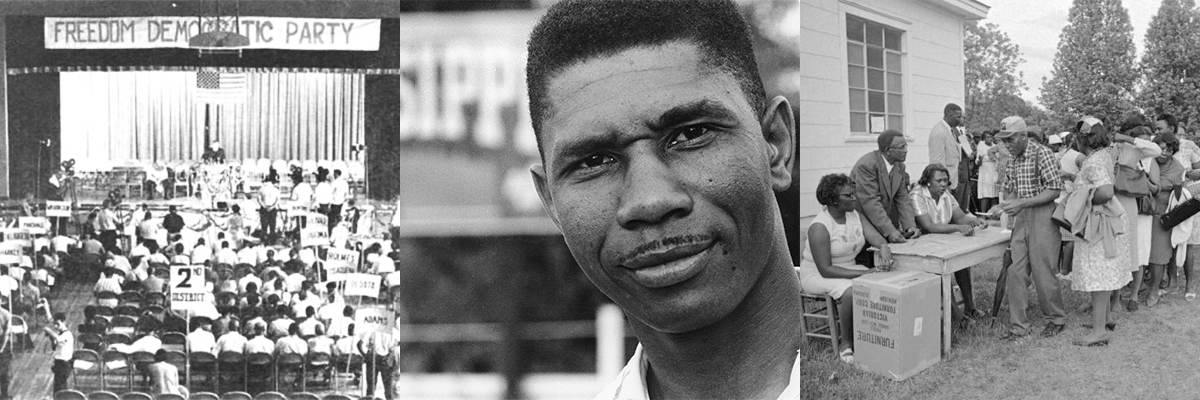
A Documents-Based Lesson on the Voting Rights Act
Lesson by Emilye Crosby
This lesson uses a case study of Lowndes County, Alabama and three SNCC-related documents from the early 1960s—just before and after the Voting Rights Act—to explore the impact of the Voting Rights Act (and 1964 Civil Rights Act) on every day southern Black citizens: What did the legislation mean to them? Did they achieve their goals?

Lowndes County Freedom Organization (LCFO) Political Context
Reading by Emilye Crosby
Political context for the formation of the Lowndes County Freedom Organization (LCFO). This text is provided as background information for “A Documents-Based Lesson on the Voting Rights Act.”
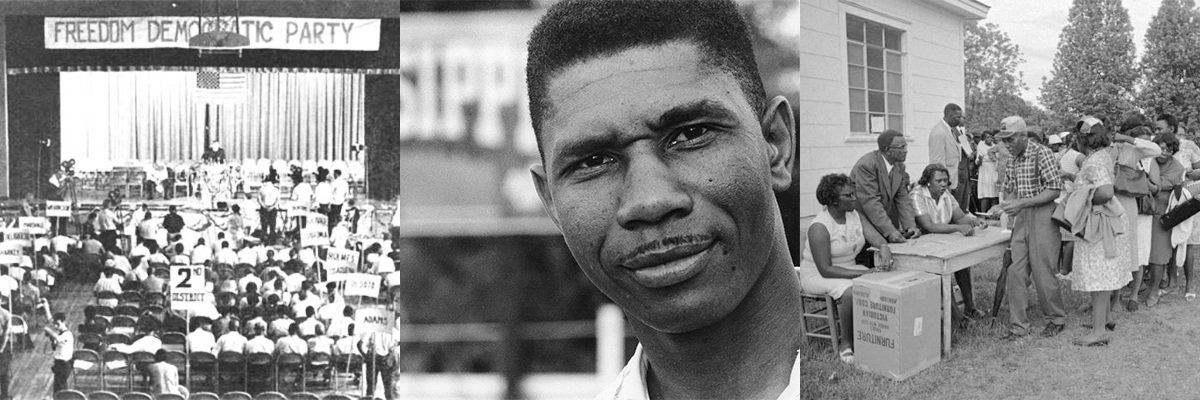
Key Dates in Voting Rights History
Timeline by Emilye Crosby
This timeline of key dates in the struggle for voting rights is provided as background information for “A Documents-Based Lesson on the Voting Rights Act: A Case Study of SNCC’s work in Lowndes County and the Emergence of Black Power” by Emilye Crosby.

Introduction: Black Power
Introduction by Teaching for Change
If the nonviolence of the Southern Freedom/Civil Rights Movement frightened mainstream people in the United States, the Black Power movement confronted institutional racism with a youthful boldness and fearlessness unseen since enslaved Africans took up arms in the Civil War. In this section, important “founding documents” of the Black Power movement are examined. In addition, the section explores the impact of Black Power on other oppressed peoples in the United States.
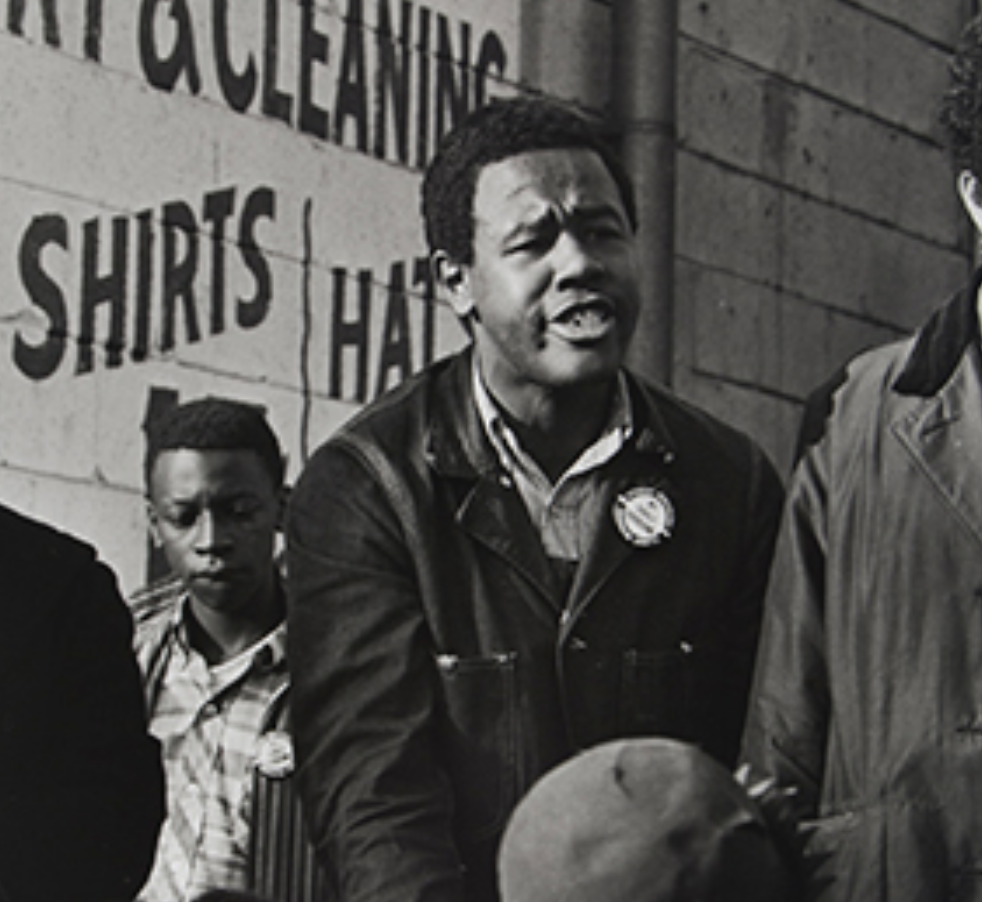
From Civil Rights to Black Power: The Significance of the 1965-66 Alabama Freedom Movement
Reading by Abayomi Azikiwe
The application of independent politics transformed the African American struggle in Selma, Alabama.

Murder of Reverend George W. Lee
Reading by Zinn Education Project
Rev. George Washington Lee, one of the first African Americans registered to vote in Humphreys County, Mississippi since Reconstruction, used his pulpit and his printing press to urge others to vote. He was murdered on May 7, 1955.
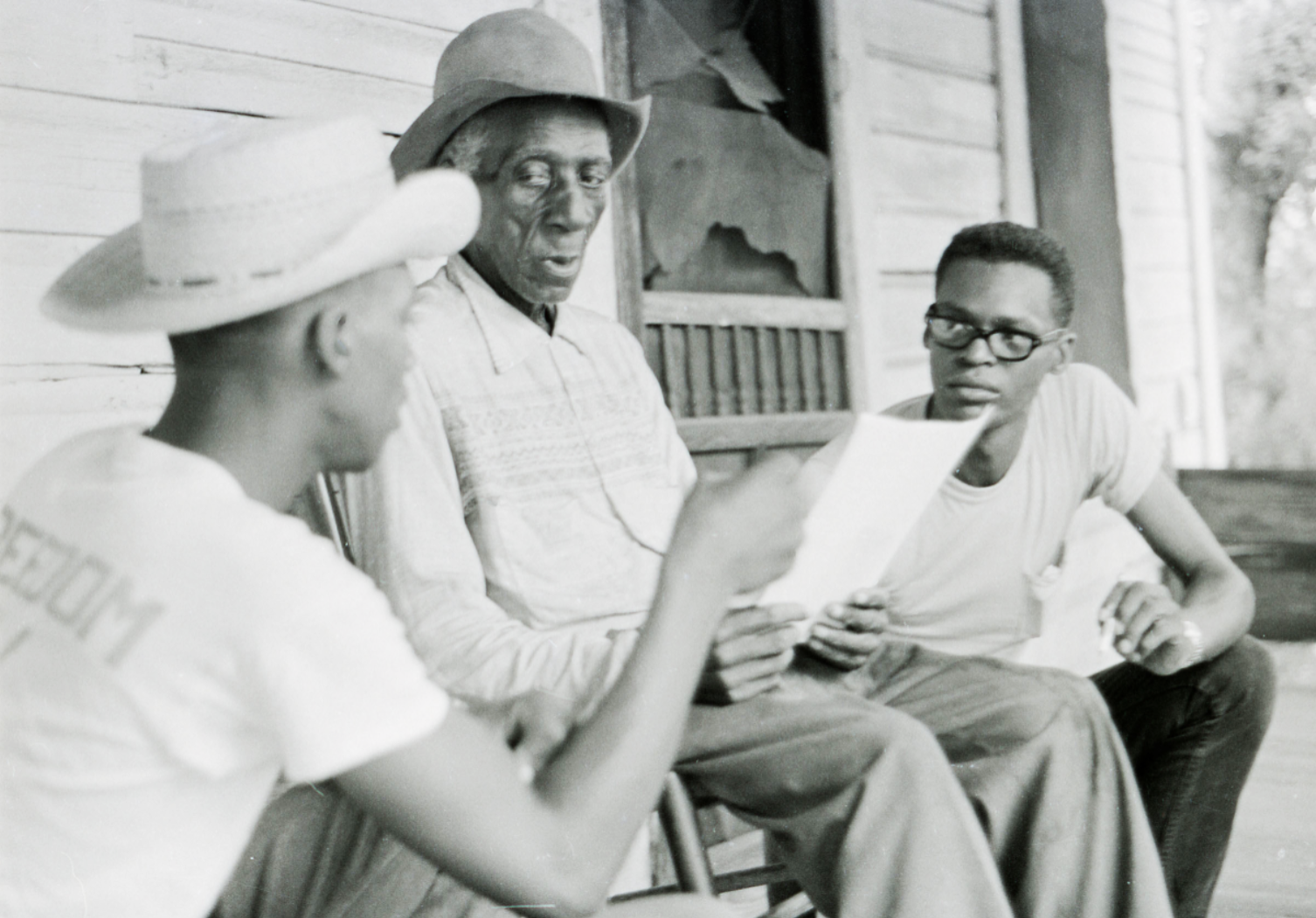
Introduction: Voting Rights
Learning the full history of the fight for voting rights is especially important today, in light of the 2013 Shelby v. Holder U.S. Supreme Court decision that struck down the 1965 Voting Rights Act provisions requiring certain states to obtain federal preclearance before changing voting laws.
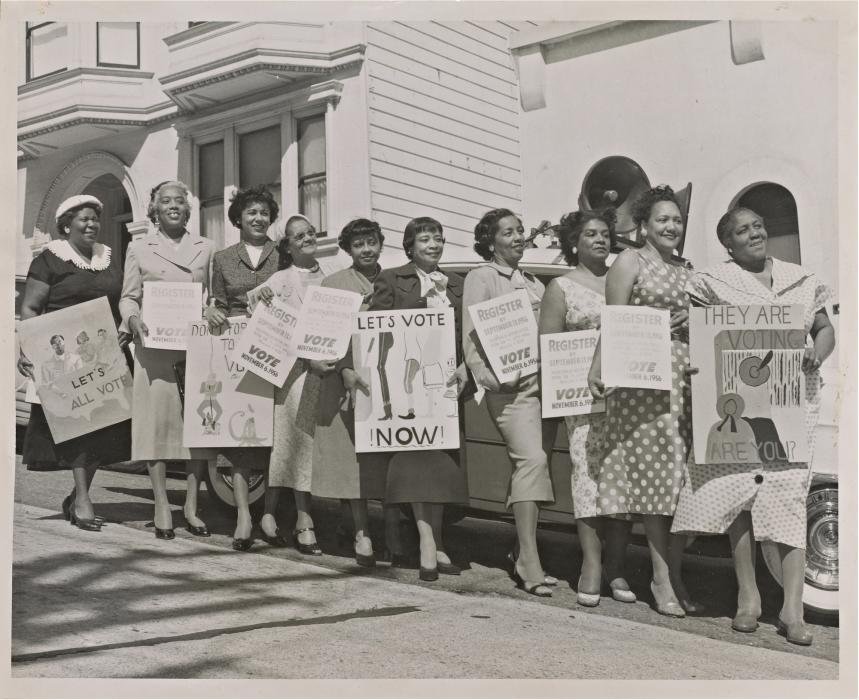
Voting Rights History Quiz
Quiz by Teaching for Change
We’ve all seen the iconic image of President Lyndon Johnson signing the Voting Rights Act of 1965. But what do we know of the history that led to the signing of the legislation? This quiz can challenge assumptions, deepen understanding, and inspire further learning about the voting rights struggle.

Selma in Pictures: Socratic Seminar
Lesson by Lynda Tredway
In a media driven age, visual images often provide access to important events and political struggles that may be more immediately accessible to students than written texts. This lesson includes two sets of images from the Selma voting rights struggle that promote critical thinking by SNCC photographer Matt Herron. The steps include observation (reading the text), forming a hypothesis, and dialogue—much like an inquiry model of teaching.
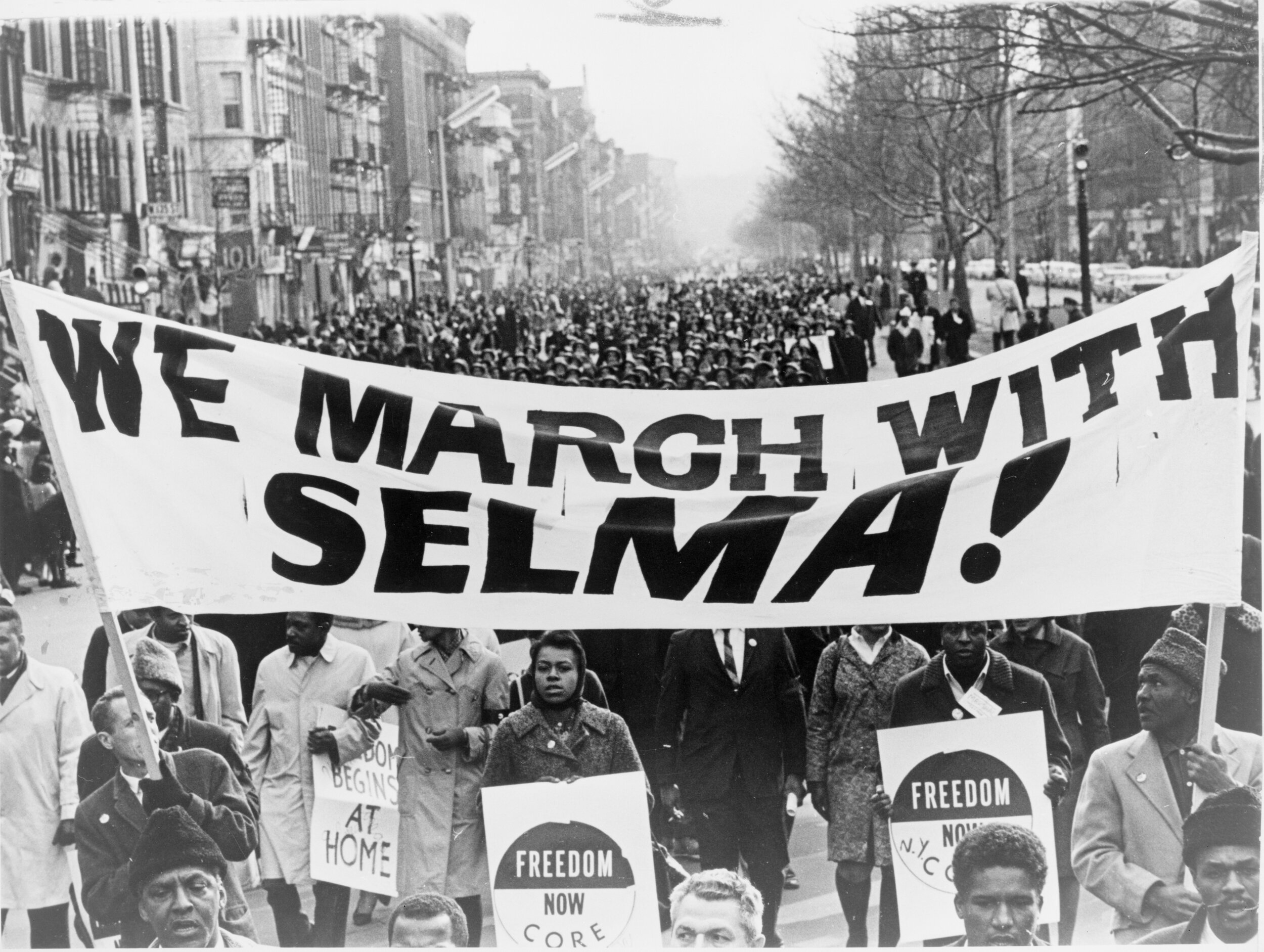
Ten Things You Should Know About Selma Before You See the Film
Reading by Emilye Crosby
Key points in the history of the Selma voting rights struggle to keep in mind as you view the popular film about the Selma-to-Montgomery March.
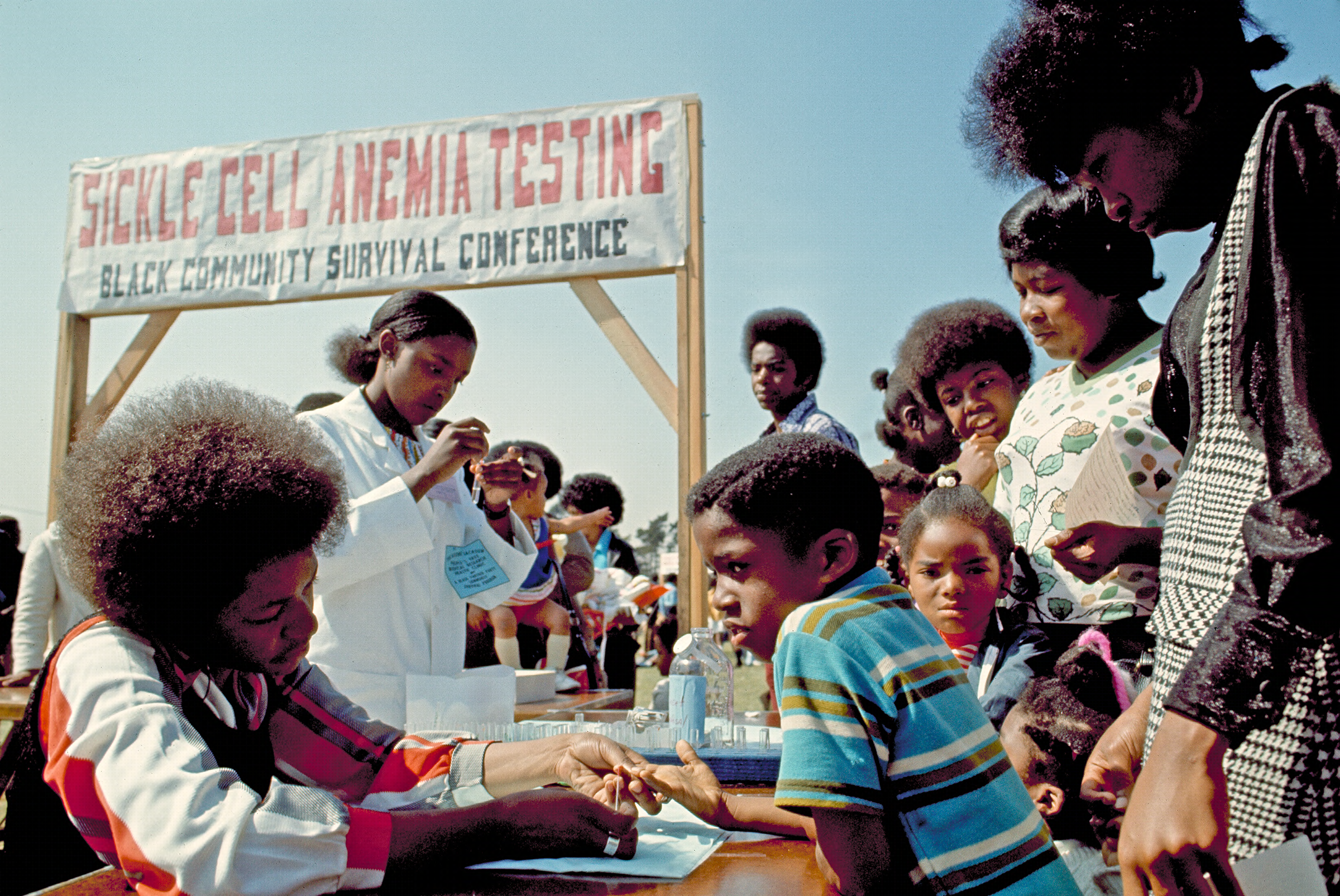
What We Want, What We Believe: Teaching with the Black Panthers’ Ten Point Program
Lesson by Wayne Au
Students read the Black Panther Party's 1972 Ten Point Program to understand the conditions the Panthers were attempting to identify and deal with, then analyze their world today and write their own Ten Point Program for social issues they would like to address.
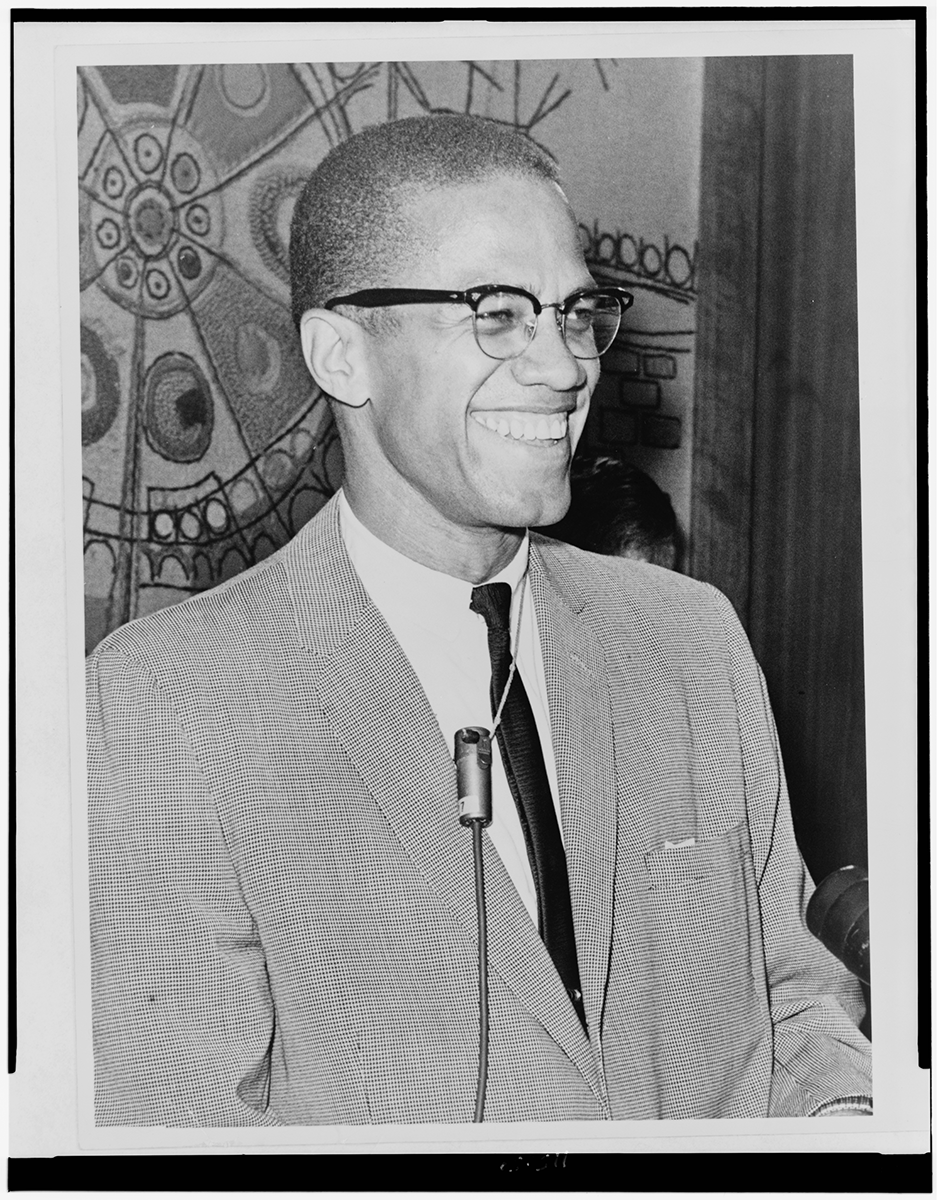
Black Nationalism and Black Pride: The Ballot or the Bullet
Primary Document by Malcolm X
An excerpt from a speech given in Cleveland in April 1964. At this period of his life after Malcolm X (el-Hajj Malik el-Shabazz) had broken with Nation of Islam leader Elijah Muhammad, made a pilgrimmage to Mecca, and begun to develop his own movement, the Organization of Afro-American Unity. He was assassinated on February 21, 1965.
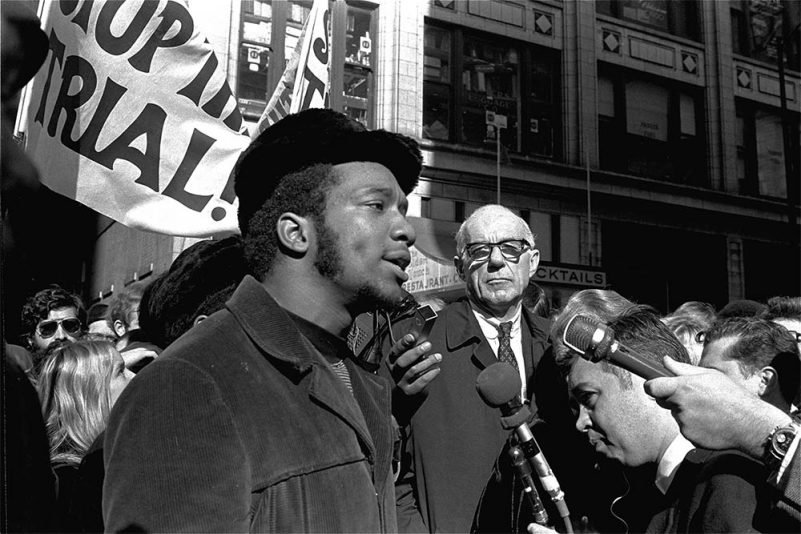
COINTELPRO: Teaching the FBI’s War on the Black Freedom Movement
Lesson by Ursula Wolfe-Rocca
Through examining FBI documents, students learn the scope of the FBI’s COINTELPRO campaign to spy on, infiltrate, discredit, and disrupt all corners of the Black Freedom Movement.
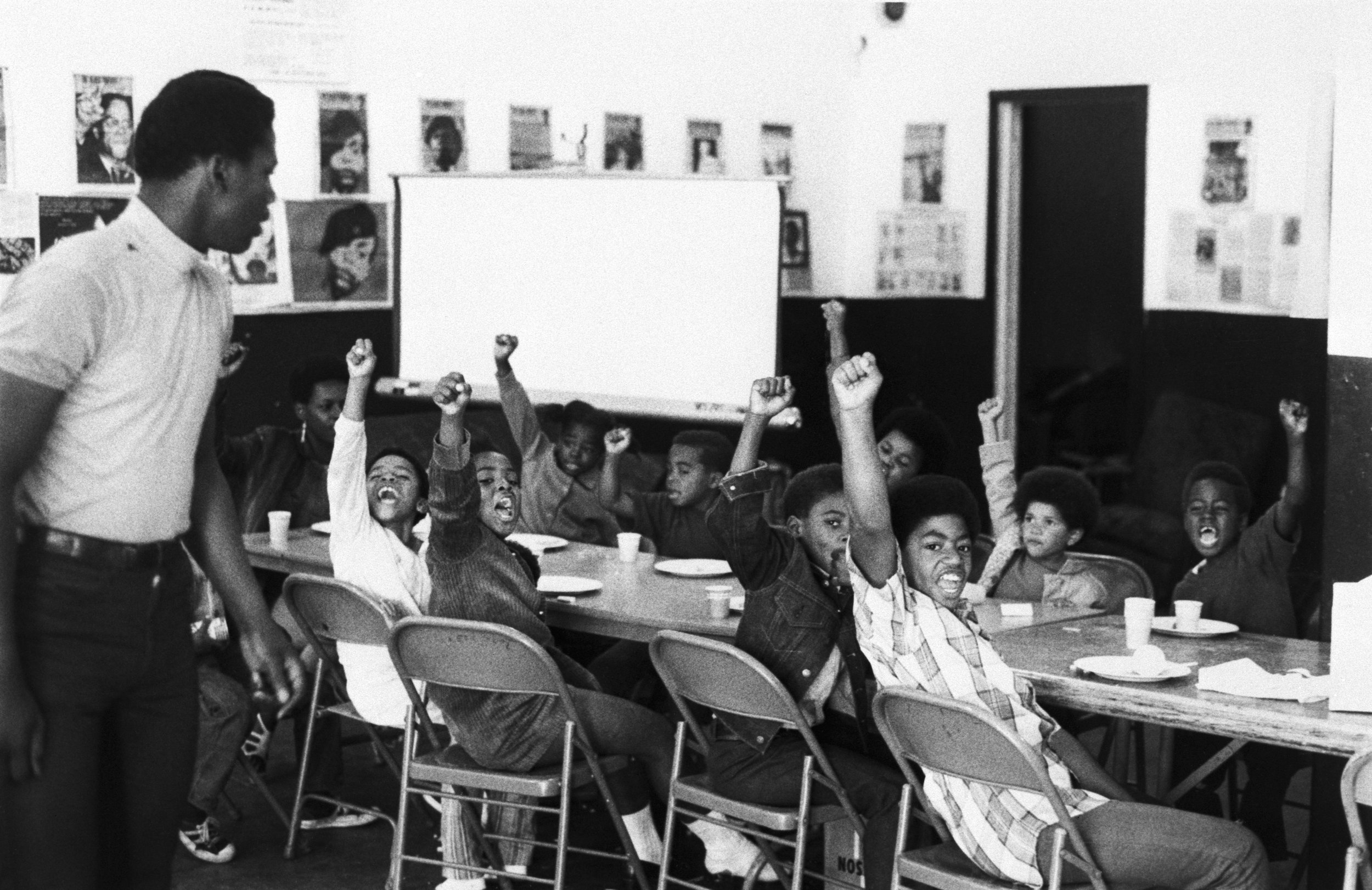
What We Don’t Learn About the Black Panther Party — But Should
Lesson by Adam Sanchez and Jesse Hagopian
A mixer lesson introduces students to the pivotal history of the Black Panthers.
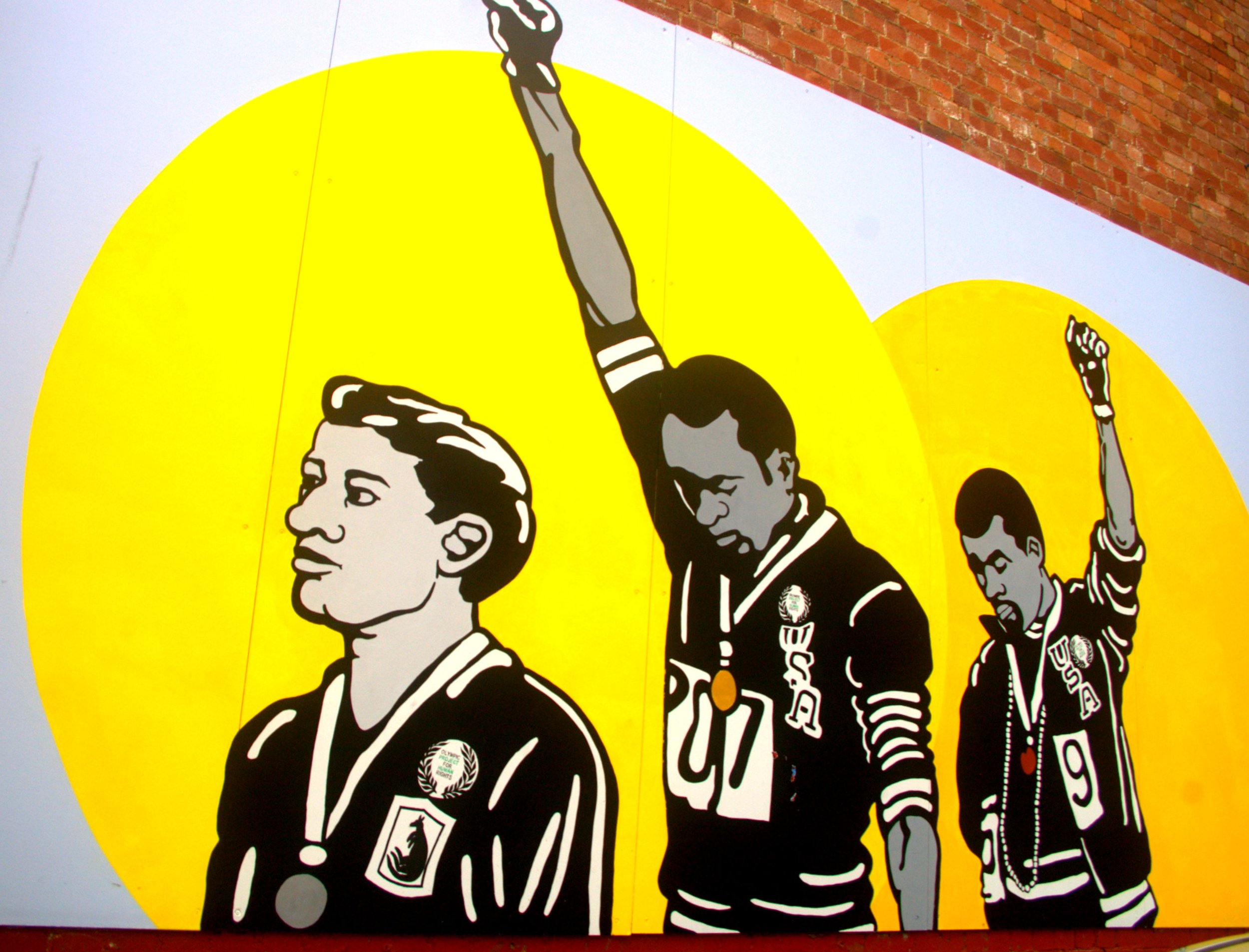
Elegy for Peter Norman
Reading by Josh Healey
Poem about Peter Norman, the white Australian athlete in the historic protest and iconic photo at the 1968 Olympics.
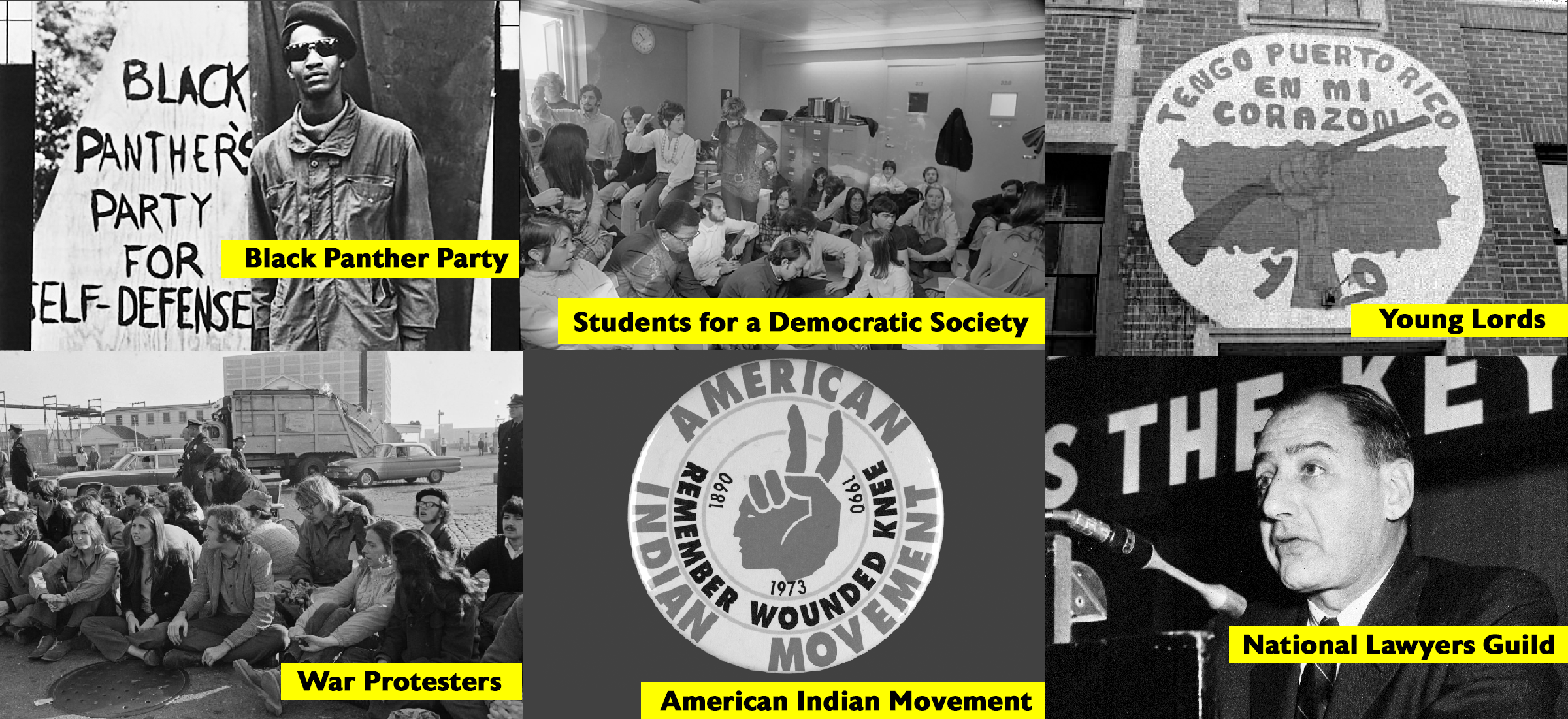
Why We Should Teach About the FBI’s War on the Civil Rights Movement
Reading by Ursula Wolfe-Rocca
Though COINTELPRO offers teachers a trove of opportunities to illustrate key concepts, including the rule of law, civil liberties, social protest, and due process, it is completely absent from most mainstream textbooks.
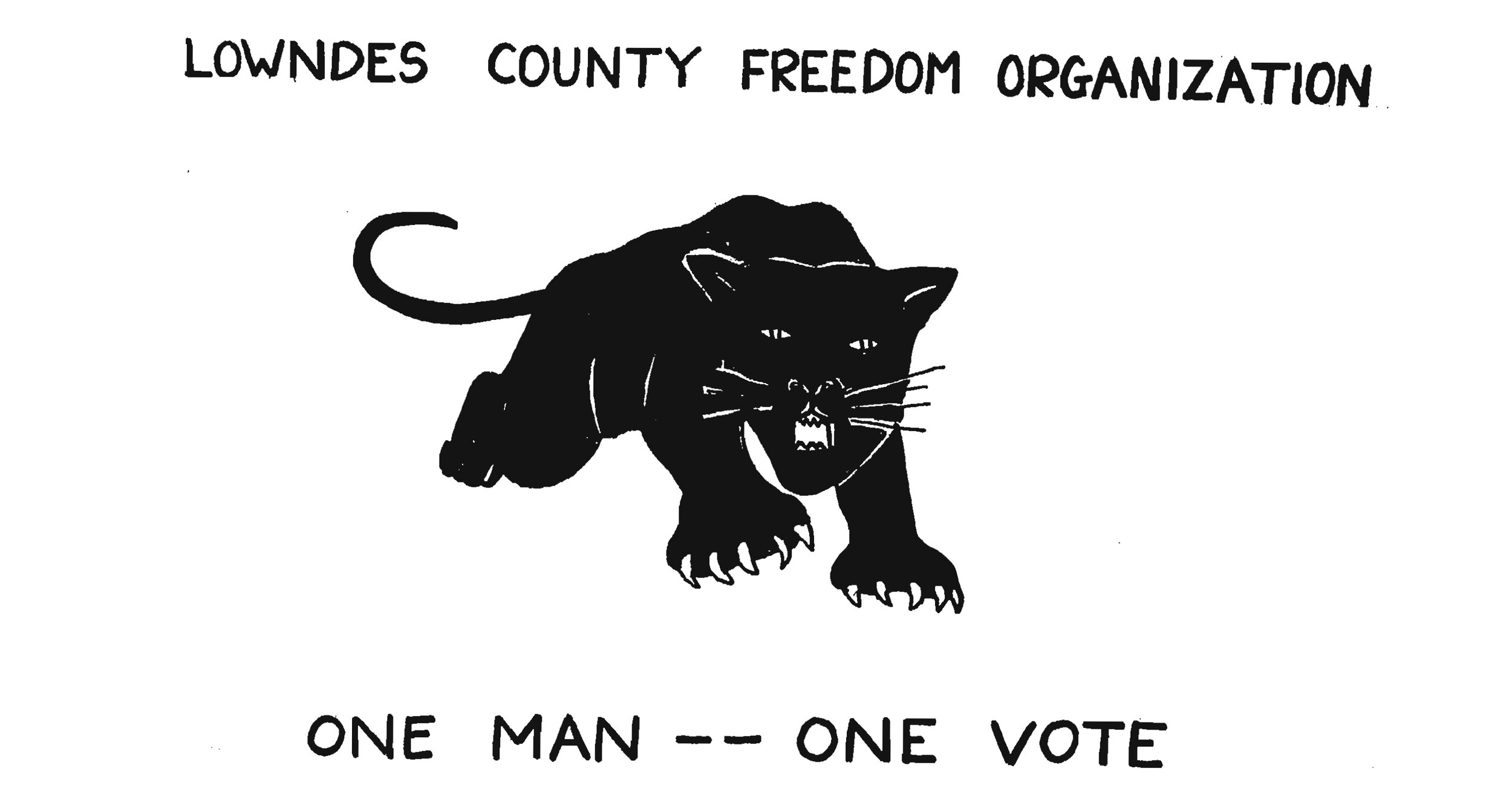
How the Black Panther Party Was Organized
Primary Document by John Hulett
Excerpts from a speech about how the Lowndes County Freedom Organization was organized and why they chose a black panther as their symbol. The speech was given in Los Angeles on May 22, 1966 at a meeting sponsored by a group of anti-Vietnam War committees.
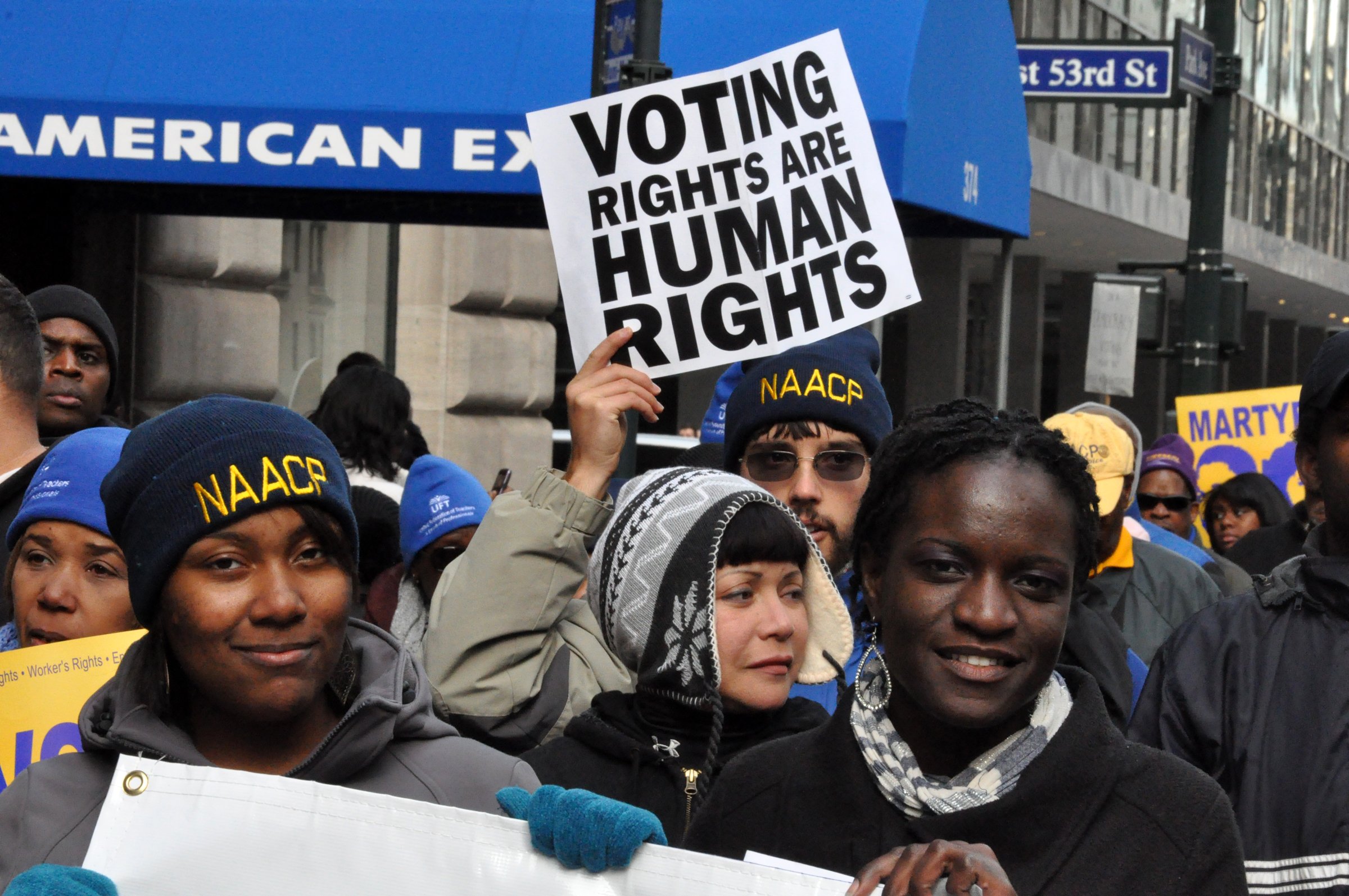
Who Gets to Vote? Teaching About the Struggle for Voting Rights in the United States
Lesson by Ursula Wolfe-Rocca
Unit with three lessons on voting rights, including the history of the struggle against voter suppression in the United States.
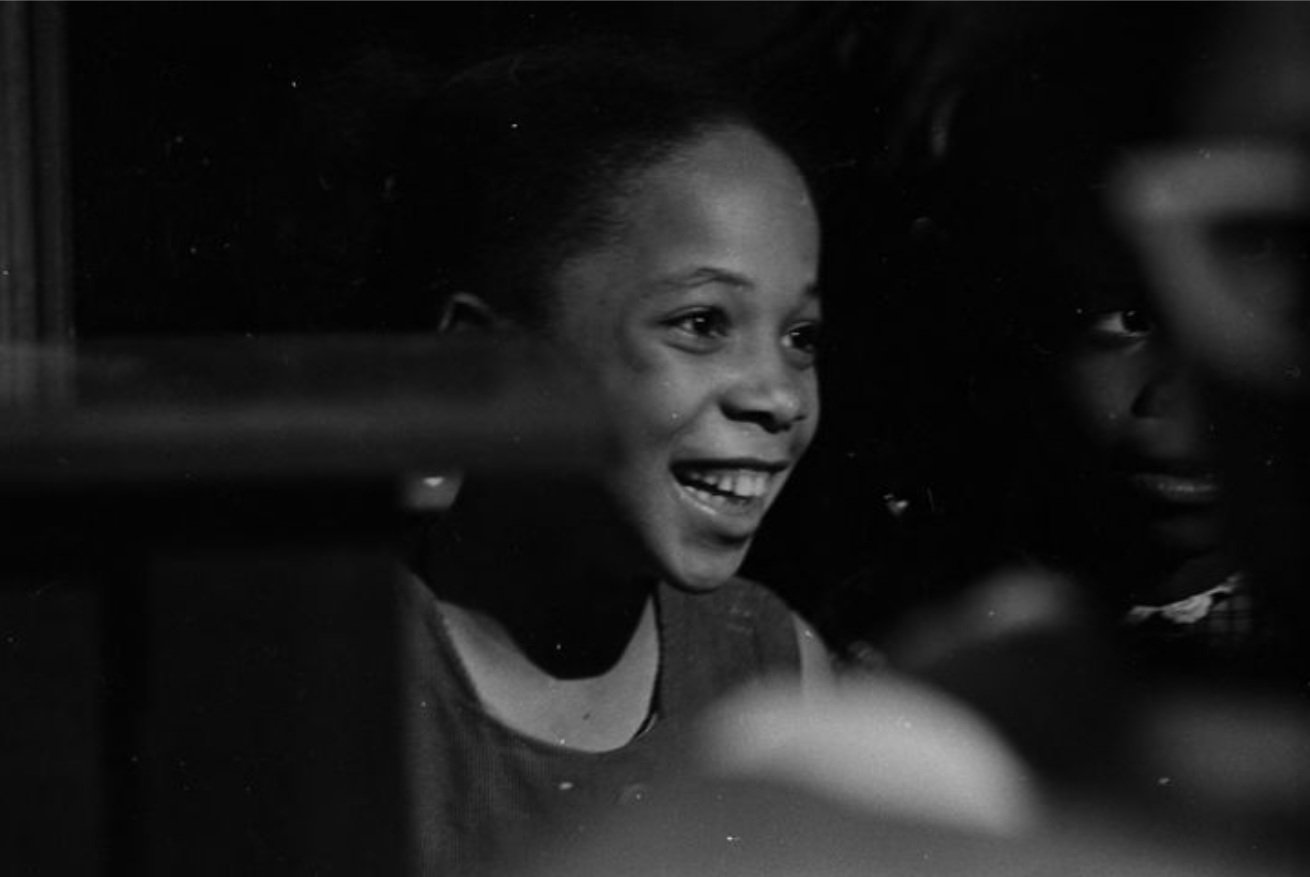
Sheyann Webb: A Story for First Grade
Reading by Maggie Donovan
First-grade teacher and SNCC veteran Maggie Donovan wrote this story about Sheyann Webb to introduce her students to the role of young people (like themselves) in the Civil Rights Movement.
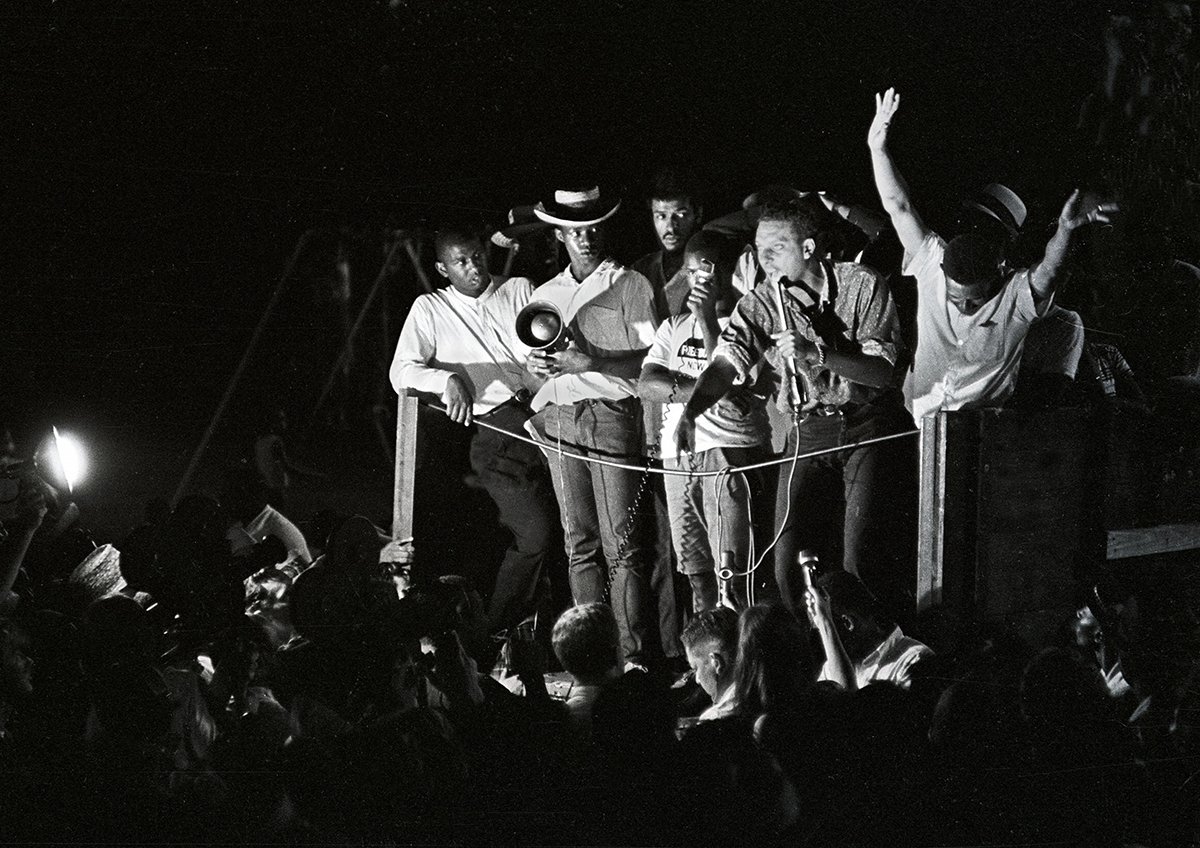
What We Want
Primary Document By Kwame Ture (Stokely Carmichael)
Separatism−the determination of a particular group of people to resist assimilating to the majority culture−has a long history in the United States. This excerpt from the “What We Want” speech offers a rationale for the notion of an independent Black community.

Stepping into Selma: Voting Rights History and Legacy Today
Lesson by Deborah Menkart
This lesson invites students to step into the long history of the freedom struggle in Selma, introducing them to people, turning points, and issues.
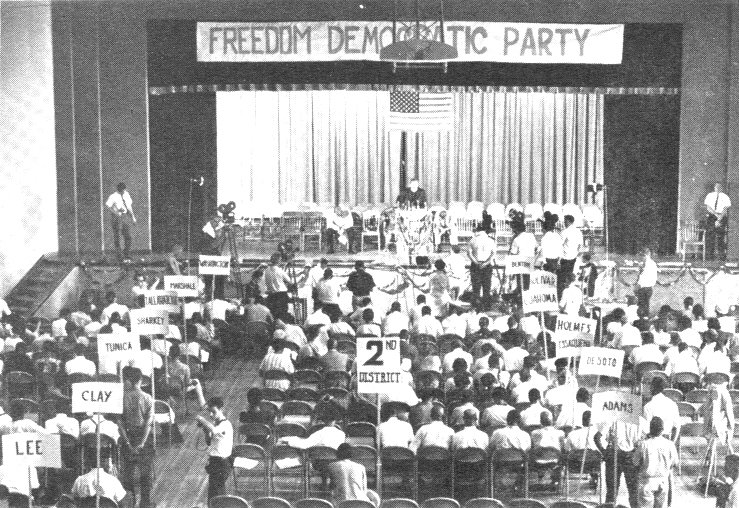
Sharecroppers Challenge U.S. Apartheid
Lesson by Sara Evers, Julian Hipkins III, Deborah Menkart, and Jenice L. View
This lesson explores one of the most important events in the fight for true democracy in the U.S., when a coalition of grassroots activists challenged the Mississippi political system, the federal government, and the national Democratic Party to abide by the U.S. Constitution.
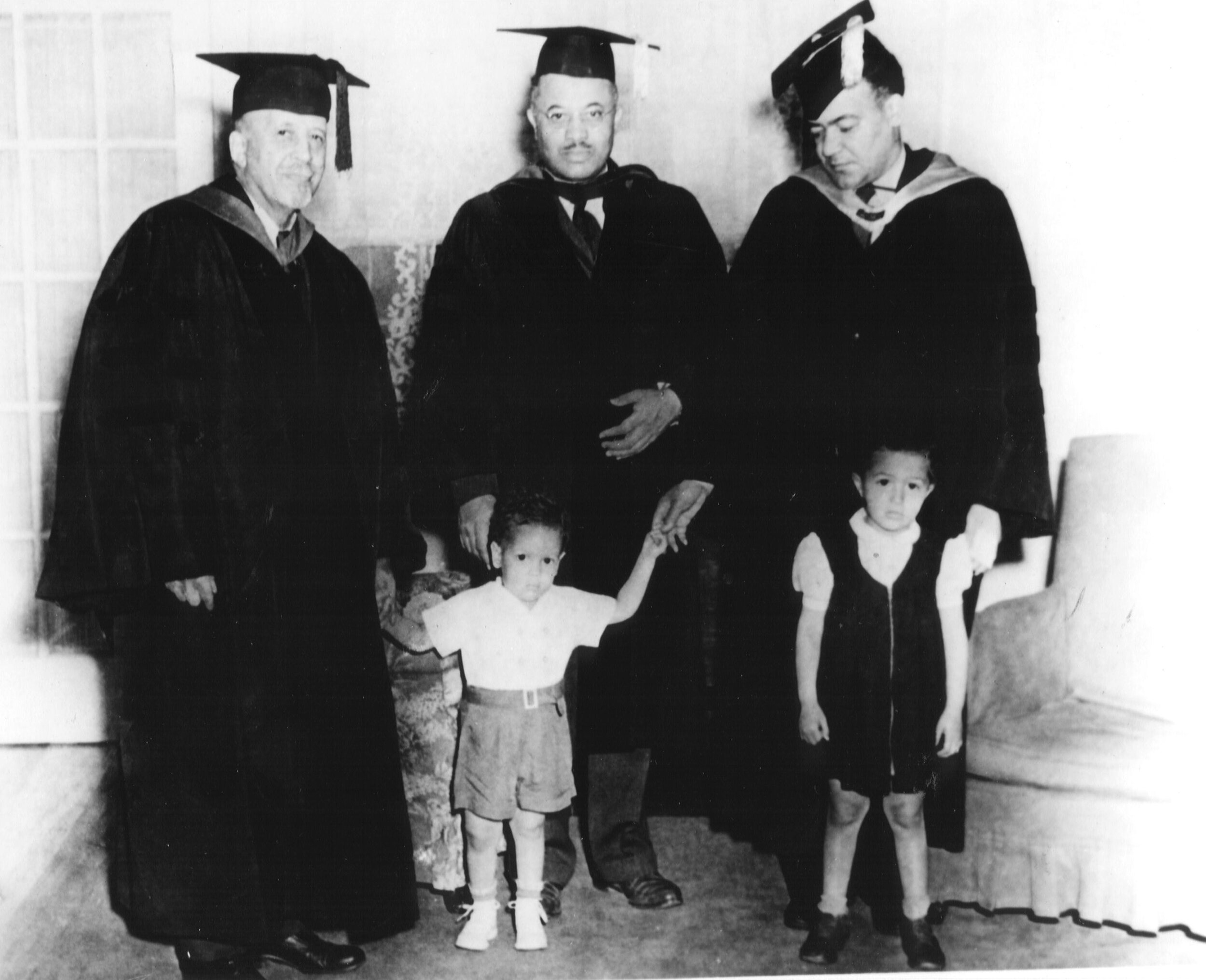
Voices of Black Liberation
Lesson by Larry Miller
This roleplay is one way for students to become familiar with the writing and speeches of famous leaders of the Black liberation movement.
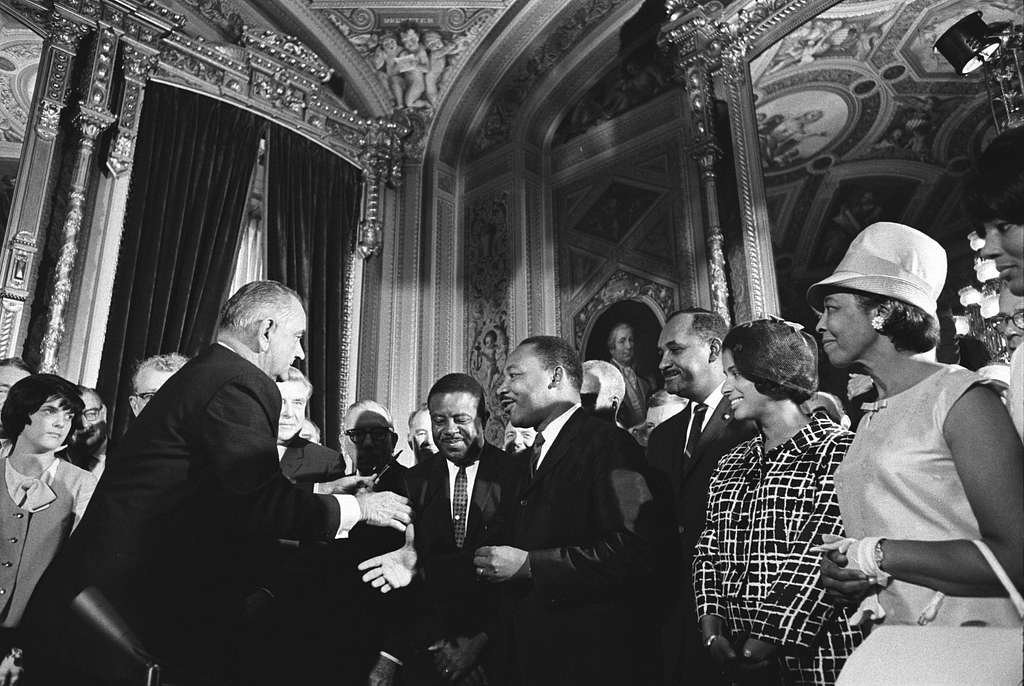
Civil Rights Act and Voting Rights Act
Reading by Emilye Crosby
This text explains how the Civil Rights Act and Voting Rights Act addressed distinct forms of racial discrimination. It is provided as background information for “A Documents-Based Lesson on the Voting Rights Act: A Case Study of SNCC’s work in Lowndes County and the Emergence of Black Power” by Emilye Crosby.
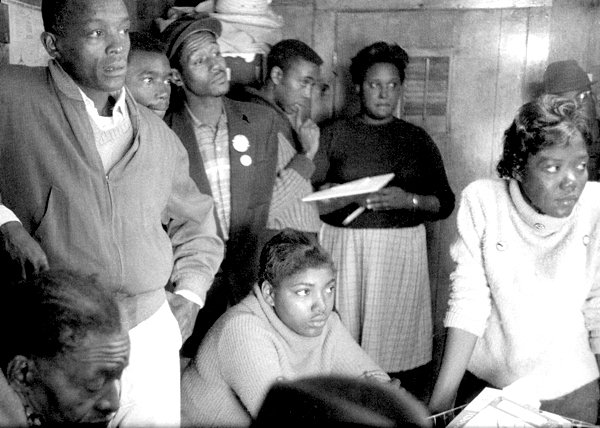
Civil Rights Movement Tactics
Reading by Emilye Crosby
This text explores how the Civil Rights Movement utilized a range of tactics to address different problems. It is provided as background information for “A Documents-Based Lesson on the Voting Rights Act: A Case Study of SNCC’s work in Lowndes County and the Emergence of Black Power” by Emilye Crosby.
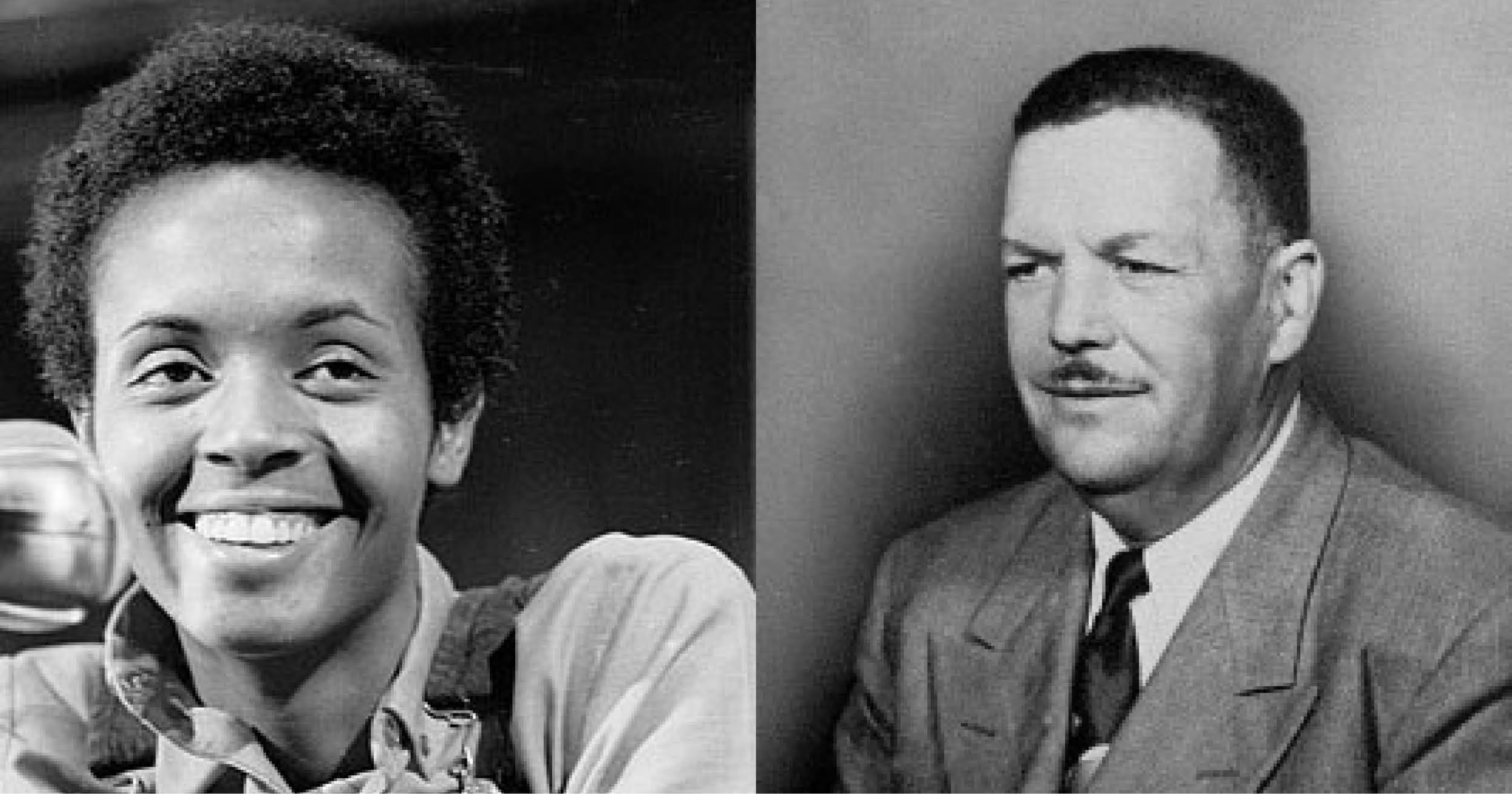
Vernon F. Dahmer: Civil Rights Martyr and American Hero
Reading by Joyce Ladner
These remarks were prepared by sociologist and SNCC veteran Joyce Ladner for a commemoration of Vernon Dahmer on January 8, 2016, hosted by the Clarion Ledger in Jackson, Mississippi.

Teaching With Vanguard: How Black Women Broke Barriers, Won the Vote, & Insisted on Equality for All
Lesson by Ursula Wolfe-Rocca
Students engage in an interactive activity with short excerpts from Martha Jones’ book to learn about the leading role of Black women in the fight for voting rights throughout U.S. history.
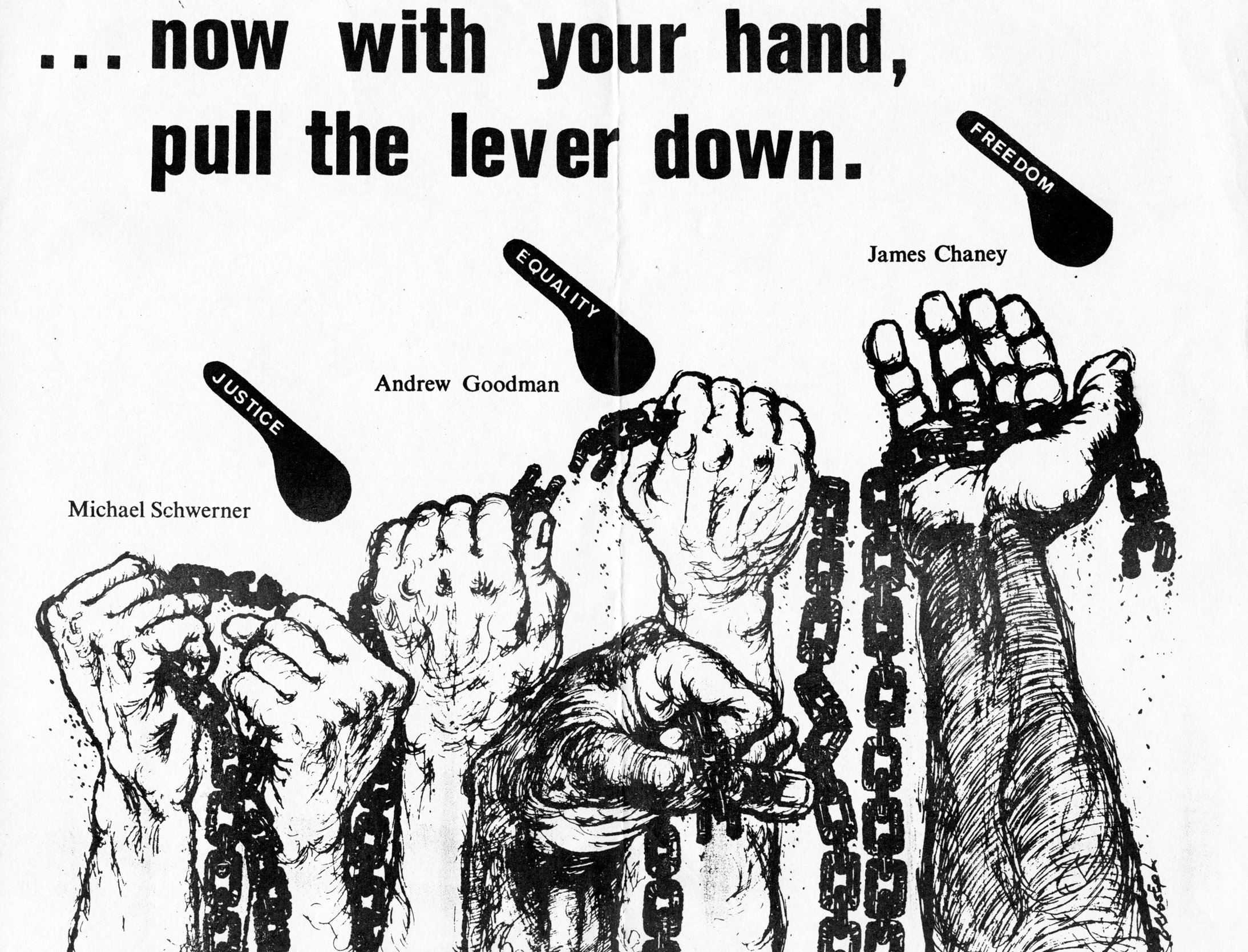
A Short History of Voting Rights in Mississippi
Reading by Elizabeth Boyd
From Mississippi Statehood in 1817 to 1960.
